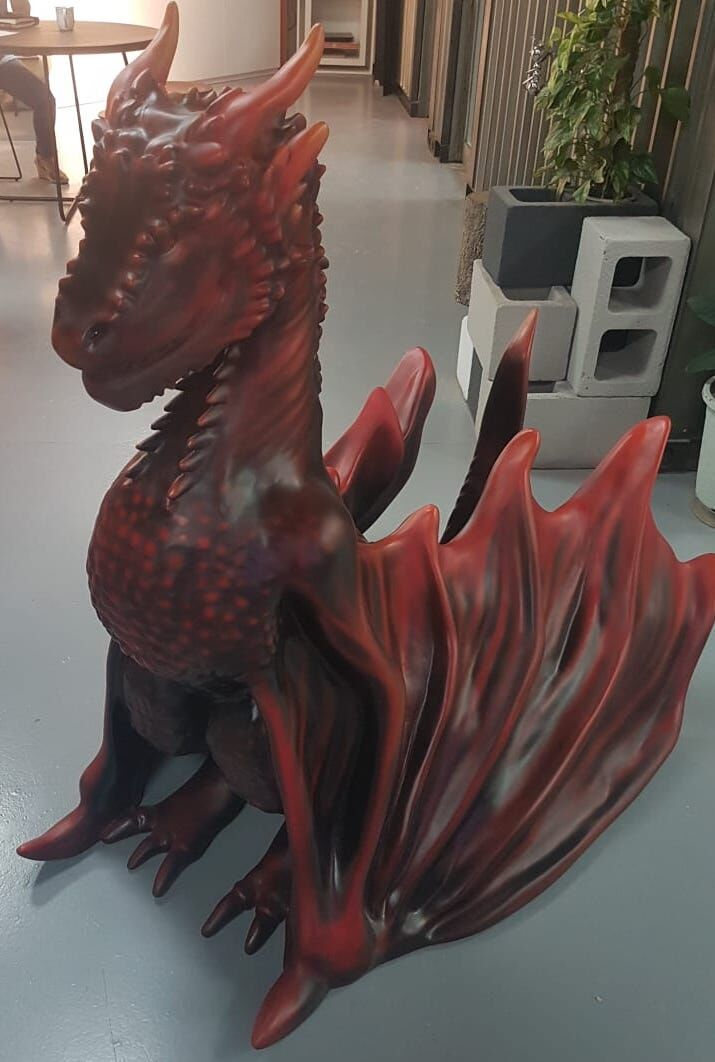3D printing, also known as additive manufacturing, has evolved significantly since its inception. With various techniques and technologies available, it’s essential to understand the most effective methods to achieve the best results. Here are some of the most effective techniques of 3D printing Saudi that have gained prominence in recent years.
Fused Deposition Modeling (FDM)
Fused Deposition Modeling is one of the most widely used 3D printing techniques. It involves extruding a thermoplastic filament layer by layer to build the object. FDM is known for its versatility, affordability, and accessibility. It’s suitable for a wide range of applications, from prototyping to producing functional parts.
Stereolithography (SLA)
Stereolithography is a resin-based 3D printing technique that uses a UV laser to cure liquid resin layer by layer. SLA produces highly detailed and accurate models with smooth surfaces. It’s ideal for creating intricate prototypes, dental models, and jewelry.
Selective Laser Sintering (SLS)
Selective Laser Sintering uses a laser to fuse powdered materials, typically plastics or metals, layer by layer. SLS is known for its ability to produce strong and durable parts with complex geometries. It’s widely used in aerospace, automotive, and medical industries.
Multi-Jet Fusion (MJF)
Multi-Jet Fusion is a relatively newer 3D printing technique that involves applying fusing and detailing agents to a powdered material and using a heating element to fuse the particles together. MJF is known for its speed, precision, and ability to create functional prototypes and end-use parts.
Binder jetting
Binder jetting uses a liquid binding agent to bond powdered materials, such as metal, sand, or ceramics, layer by layer. This technique is suitable for producing parts with intricate geometries and is commonly used in the production of metal parts for industries like aerospace and automotive.
Direct Metal Laser Sintering (DMLS)
DMLS is a metal 3D printing technique that uses a high-power laser to melt and fuse metal powder particles layer by layer. It’s known for its ability to produce complex metal parts with excellent mechanical properties. DMLS is widely used in aerospace and medical applications.
Continuous Liquid Interface Production (CLIP)
CLIP is a resin-based 3D printing technique that uses a liquid resin and a UV light to create objects continuously. CLIP is known for its speed and ability to produce smooth and detailed parts. It’s used in various industries, including consumer goods and healthcare.



